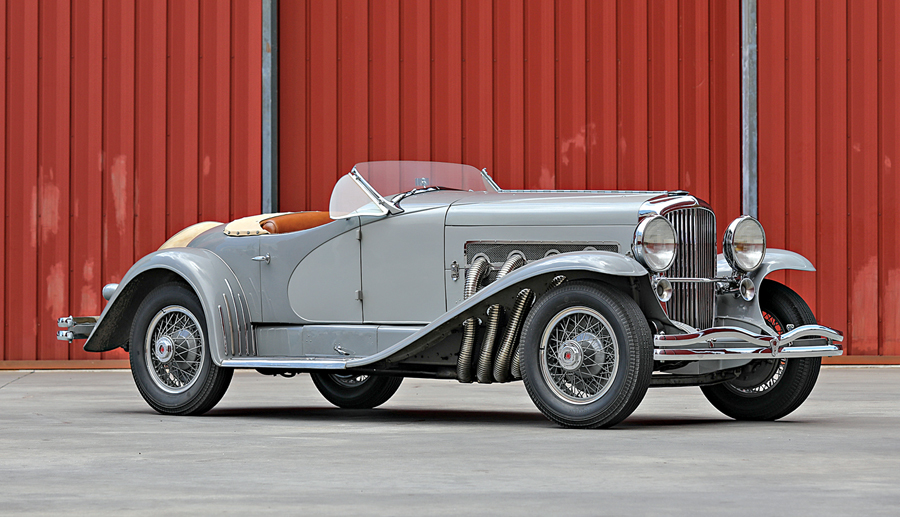- This car is the ultimate Model J Duesenberg, one of only two SSJs built
- Special short-wheelbase chassis and supercharged twin-carb engine
- Sporting open coachwork designed by J. Herbert Newport Jr.
- Originally delivered to Hollywood legend Gary Cooper
- The car is in unrestored condition. It retains the original chassis, engine and bodywork.
- Just two owners — Briggs Cunningham and Miles Collier — since 1949
Chassis Number: 2594

